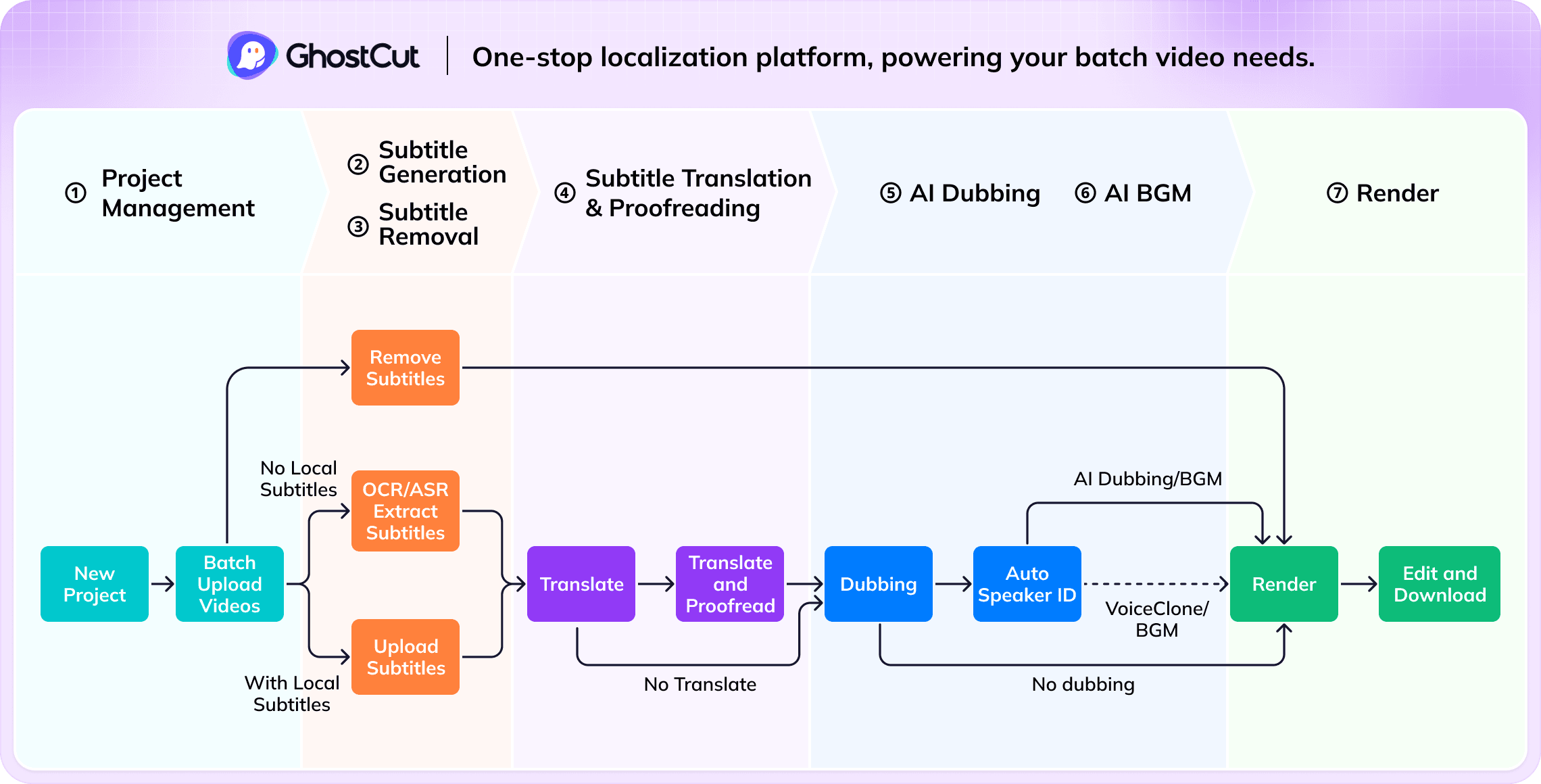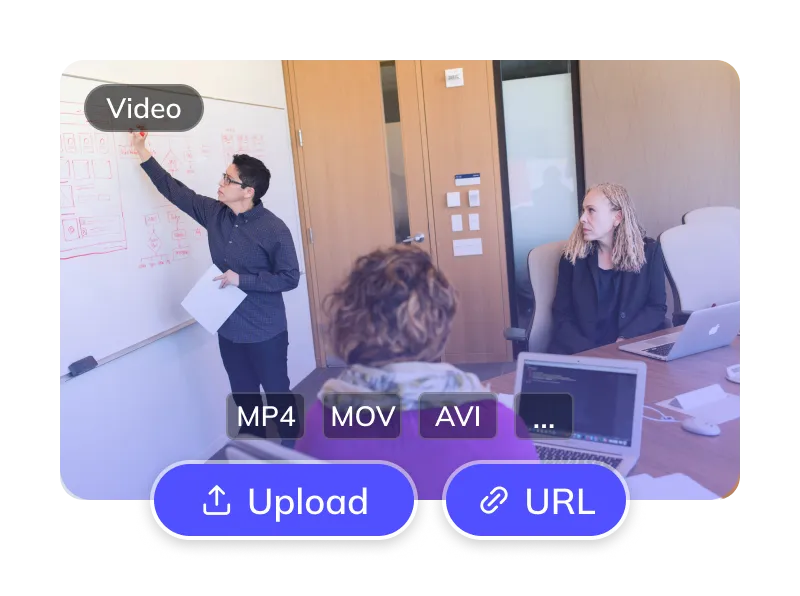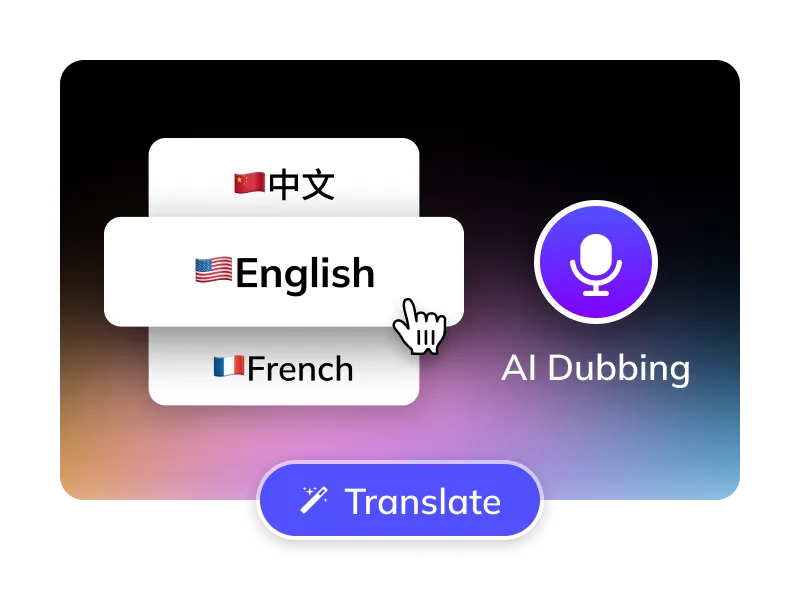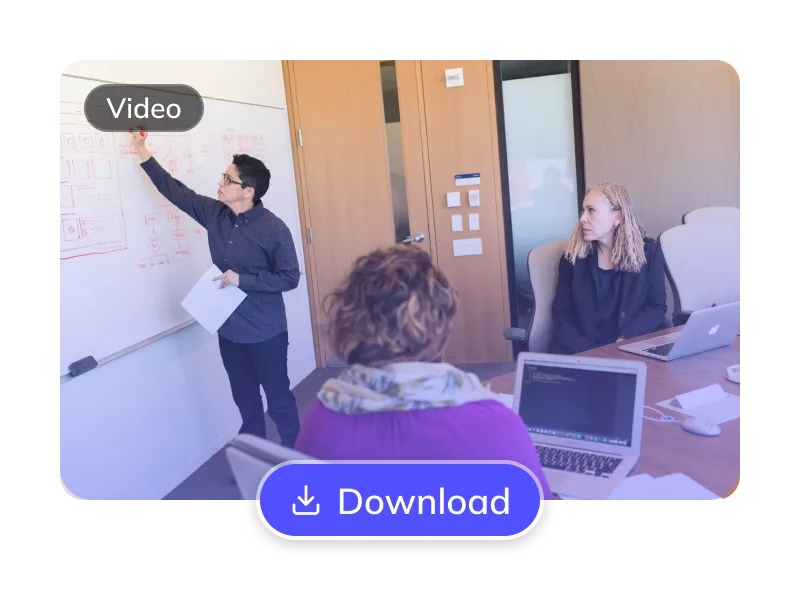How to Translate Arabic Videos to English ?
Translate Arabic Videos to Chinese in 3 Easy Steps
Trusted by 1,500,000+ Global Creators and Businesses
Why GhostCut for Your Video Translations?
GhostCut is your all-in-one AI solution for translating Arabic content into natural, engaging Chinese.
Effortless Project Management
Manage Arabic assets, subtitles, & Chinese videos. Batch process projects efficiently.
Pinpoint Chinese Accuracy
Up to 99.5% accurate. Optimized for Arabic-to-Chinese with LLM calibration & multi-agent review for culturally fluent Chinese translations.
Lifelike Chinese AI Dubbing
Choose from diverse, human-like Chinese AI voices (US/UK accents). Emotion-cloning technology captures original tone for natural Chinese delivery.
Flexible Arabic Subtitle Options
Optionally erase original Arabic hardsubs for a clean slate. Translate embedded Arabic subtitles directly.
Smart Multi-Speaker ID (Arabic)
AI detects multiple speakers in Arabic videos. Assign or clone distinct Chinese voices per character, with cross-episode consistency for complex Chinese dubs (dramas, interviews).
Efficient Batch Processing & API
Batch translate and dub 100s of Arabic videos to Chinese at once. Seamlessly integrate with our robust API.
Versatile BGM Control
Keep or mute original BGM. Our unique tech can also isolate sound effects, meeting diverse copyright and distribution needs.
Unbeatable Value
Flexible Arabic-to-Chinese plans. Try core features free. Automated pro service from just $0.1/minute.
Easy Online Access
No downloads. Instantly translate Arabic videos to Chinese online. Works on Windows, Mac, & major mobile browsers for cloud processing anywhere.
The GhostCut Edge: Unmatched Accuracy, Speed, and Value.
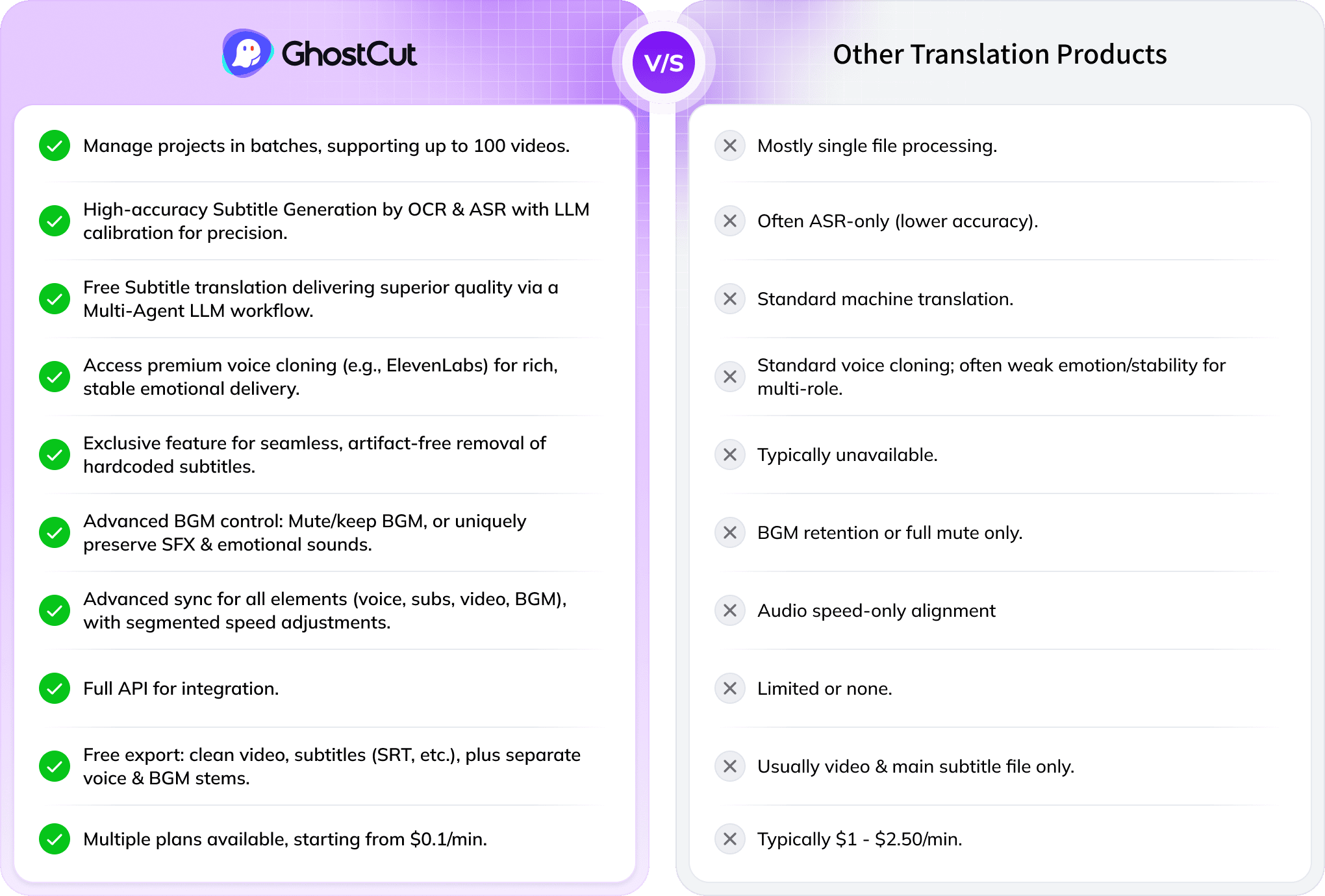
Every Algorithmic Optimization, Engineered for Quality Chinese Video
Mastering Long-Form Arabic Drama & Multi-Character Dubbing
Translating a 100-minute Arabic drama with 4000+ lines and many characters into Chinese is tough. Standard AI struggles to tell speakers apart, causing errors. GhostCut’s multi-modal AI (video, voice, text) excels in long-form, multi-speaker content, ensuring accurate, consistent character voices across entire series.
Translate Now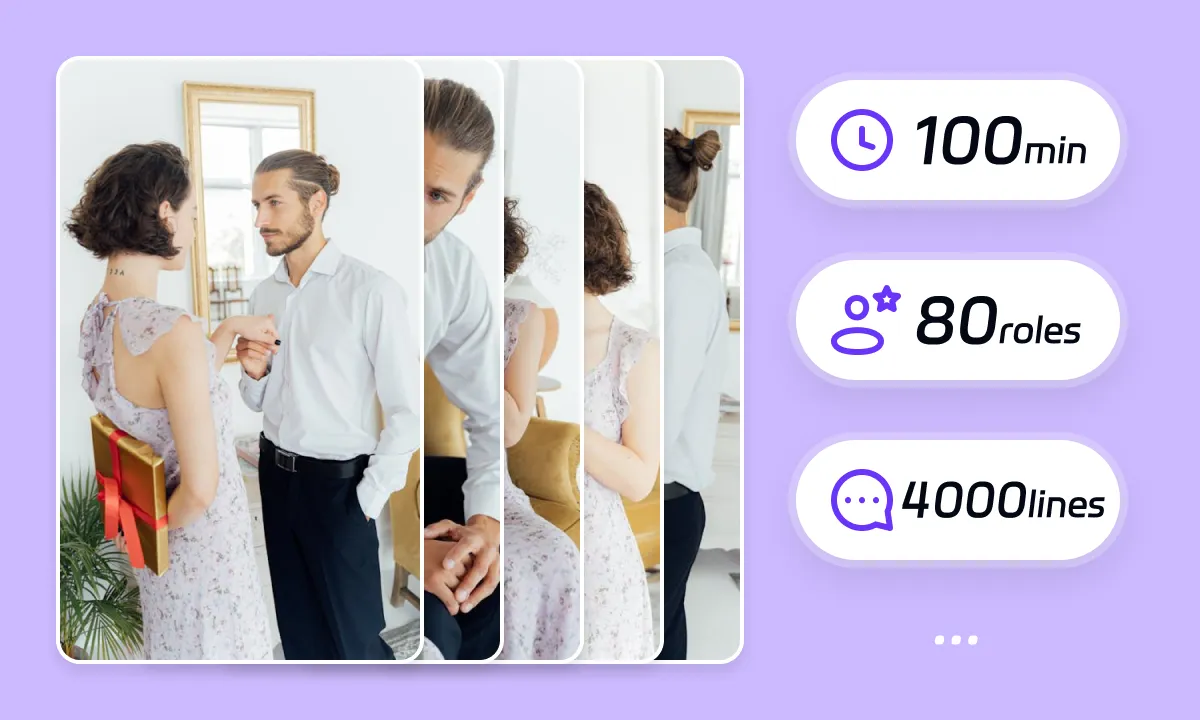
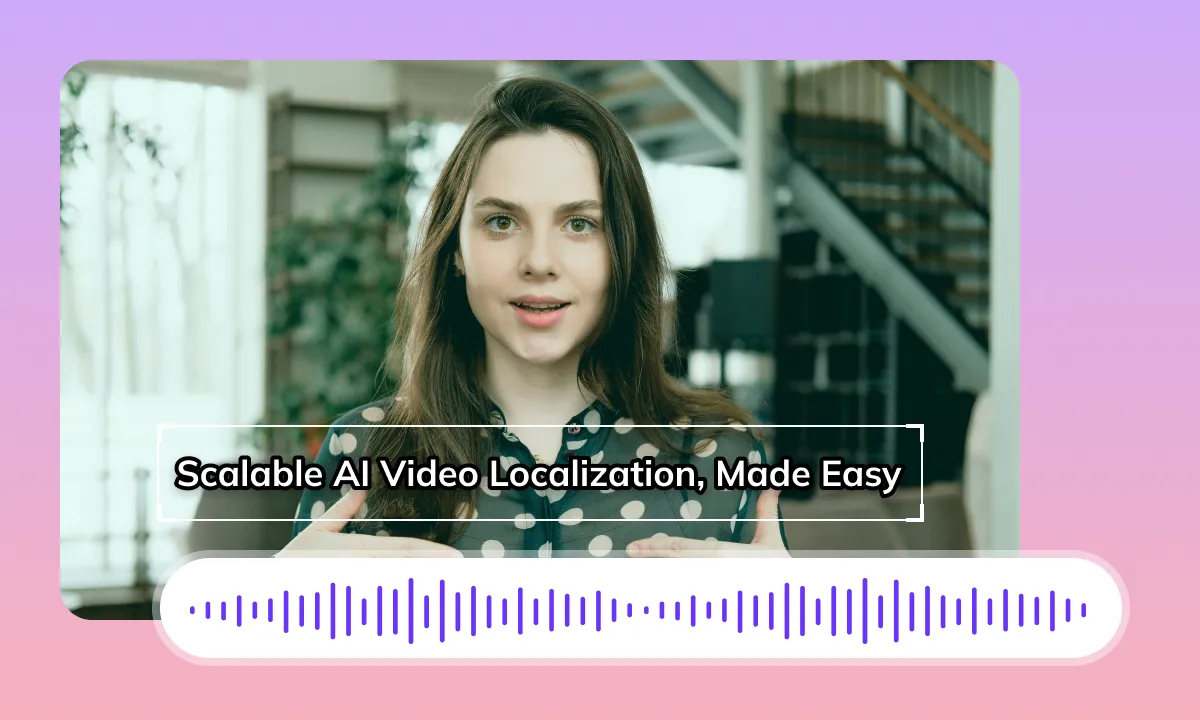
Seamless Chinese Dubbing & Perfect Lip-Sync
GhostCut ensures natural Chinese audio flow by treating related subtitles as whole ideas for TTS. It then precisely times new Chinese subtitles. Since Arabic-to-Chinese translation can change speech length, our AI expertly adjusts the new Chinese audio, subtitles, video, and BGM to maintain perfect sync, just like a seasoned editor.
Translate NowBoost ROI with Flawless Arabic Subtitle Removal
Original Arabic hardsubs can limit your video's global appeal. GhostCut’s AI doesn't just blur; it intelligently reconstructs the background obscured by Arabic subtitles, even complex ones, for a perfectly clean, high-quality visual. This means better viewer engagement, longer watch times, and higher ROI.
Translate Now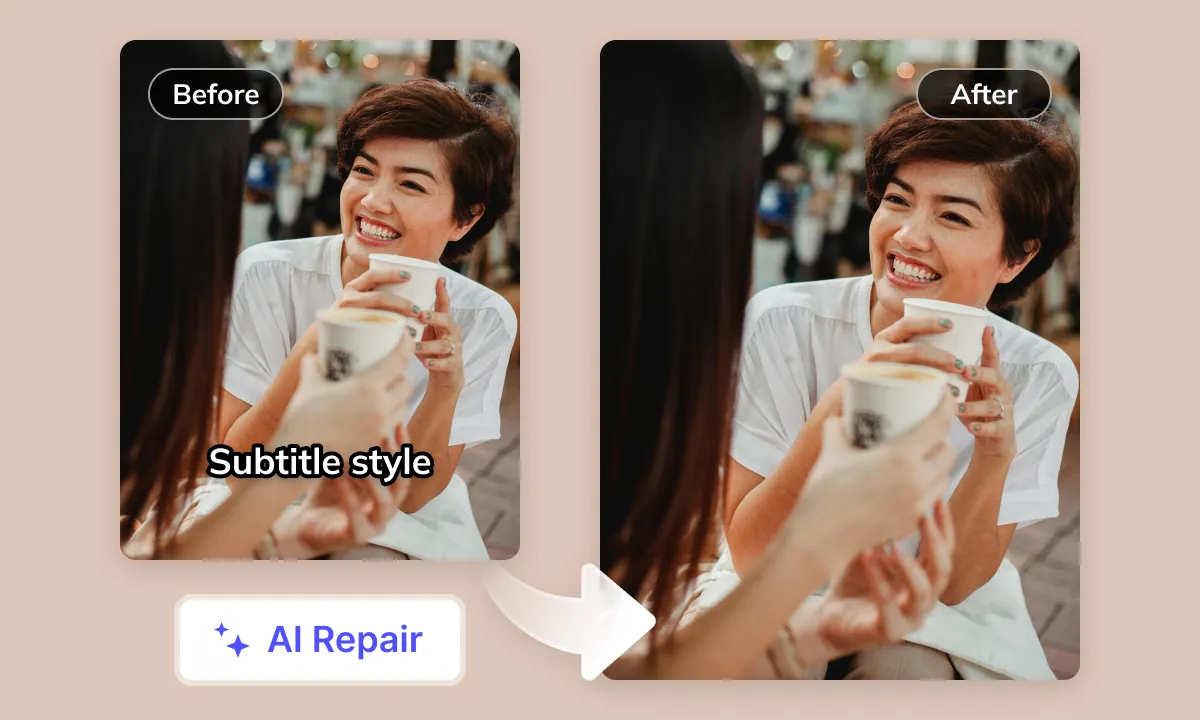
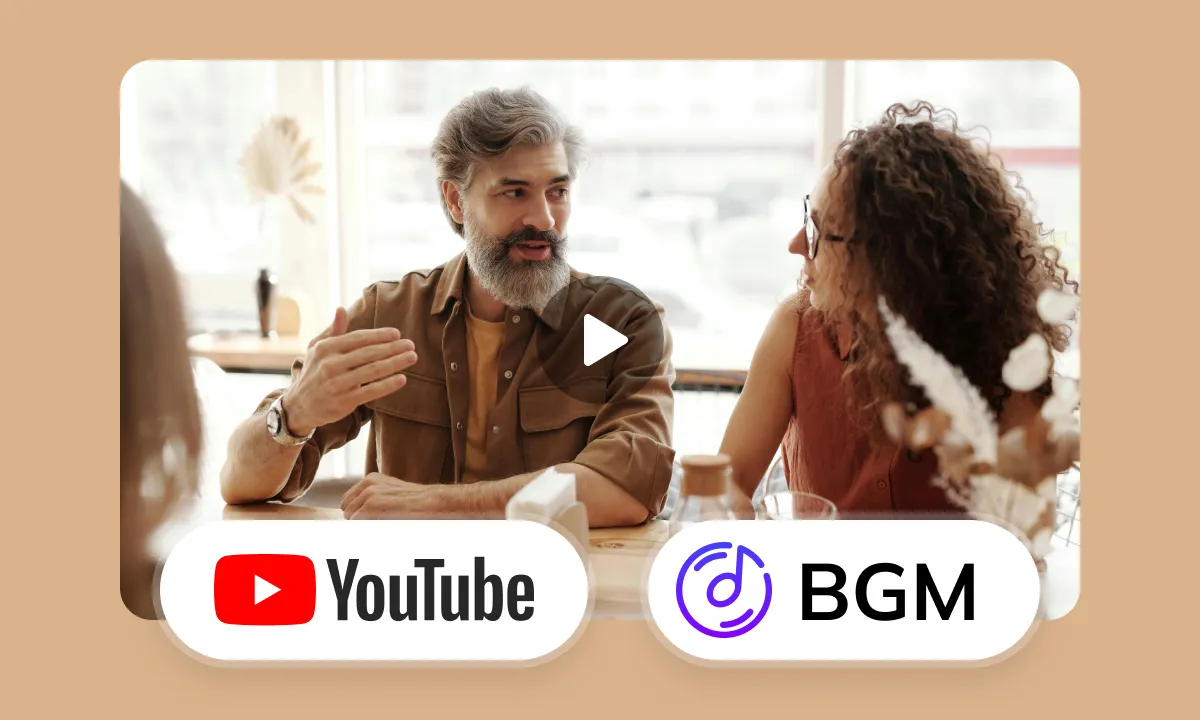
Smart Audio Control for YouTube Creators
Navigating BGM copyright on YouTube is tricky. GhostCut’s advanced audio separation isolates Arabic dialogue for translation, while intelligently managing BGM, sound effects, and even emotional expressions. Our "Keep SFX, Remove Music" option is a creator favorite for avoiding copyright issues without losing your video’s impact.
Translate NowEasily Reach the Chinese World with Your Arabic Videos
Massive, high-quality Arabic video content, covering exciting dramas, cultural documentaries, news, and more, holds immense value for communication. However, due to the inherent language barrier, this content struggles to gain traction in the vast Chinese market. The lack of high-quality Chinese translation and dubbing makes otherwise engaging Arabic videos difficult for Chinese audiences to comprehend, severely hindering their spread and influence. Consequently, there is an urgent market need for professional, efficient Arabic-to-Chinese AI video translation and dubbing technology
Arabic to Chinese Video Translation: Challenges and Insights
Embedded Subtitles Dubbing Issues
Embedded subtitles or dubbing in Arabic videos, if not properly managed, can significantly detract from the viewing experience and comprehension for Chinese audiences
Cultural, Structural Lexical Divides
Arabic and Chinese exhibit significant differences in culture, thought patterns, grammatical structures, writing direction (right-to-left vs. left-to-right), and lexical richnessnuance. Direct translation often results in awkward, stiff phrasing that fails to convey the original meaning, potentially leading to misunderstandings. Accurately and fluently converting from Arabic to Chinese is a core challenge. The diverse dialects of Arabic further complicate comprehension
Subtitle Layout Complexity
The characteristics of Arabic script differ significantly from Chinese characters in terms of spatial occupation and arrangement. When converting typically right-to-left horizontal Arabic subtitles to left-to-right horizontal or vertical Chinese, careful consideration of line breaks and character count is essential to fit screen display, ensure reading speed, and prevent information overload
Pacing Information Flow Differences
The speaking pace and information delivery rhythm in spoken Arabic may differ from Chinese, posing technical challenges for audio-visual synchronization in video translation
Arabic AI Recognition Limitations
The numerous dialects and accent variations in Arabic, coupled with potential multi-speaker dialogues or background noise in videos, severely test the accuracy and robustness of current Arabic AI speech recognition
Scarcity of High-Quality Chinese AI Voices
While Chinese AI voice technology is continuously advancing, options for dubbing that offer natural emotional expression and diverse tones remain relatively limited. High-quality Chinese AI voice-over resources are still scarce
Lip-Sync Matching Difficulties
Arabic and Chinese pronunciation involves significantly different mouth shapes and facial muscle movements. Achieving a high degree of lip-sync synchronization with the original Arabic video footage during Chinese dubbing presents immense technical difficulty
Optimal AI Translation Workflow Standard
An ideal Arabic to Chinese AI video translation process should include: high-accuracy Arabic speech recognition - authentic and expressive Chinese translation (fully considering linguistic and cultural differences) - high-quality, relatively lip-synced Chinese AI dubbing - automated audio-visual timeline alignment and precise editing
Tackling Video Translation Challenges with AI Empowering your Arabic content for any worldwide scenario.
Your All-in-One AI Translation Studio
GhostCut offers more than just Arabic-to-Chinese translation. It's a complete AI-powered workflow: subtitle extraction 、 removal 、 translation and proofreading to multi-character dubbing , BGM processing, and final rendering. Go from Arabic source to global-ready videos, effortlessly.
